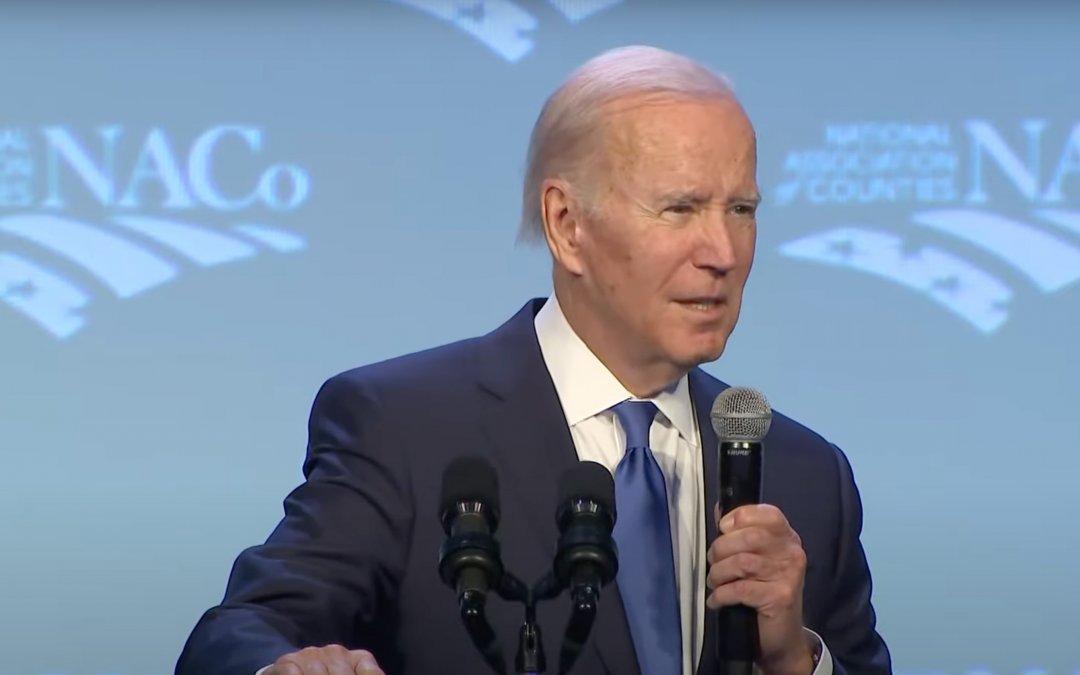WASHINGTON — Members of the Biden administration on Tuesday outlined the successes of the Bipartisan Infrastructure Law, legislation that allocates $1.2 trillion toward transportation, energy, and climate projects over the next several years.
The legislation, enacted into law two years ago today, has already started over 40,000 infrastructure projects across the U.S., officials said. The investments are mostly prevalent in states with lower median household incomes, which typically do not invest in infrastructure.
Recently, The president has been traveling around the country highlighting some of the projects that have already been completed.
Pete Buttigieg, U.S. secretary of transportation, noted that before this legislation, U.S. infrastructure was allowed to decline for decades without much government intervention. He touted this measure as a landmark statement that the U.S. is finally investing in its infrastructure and its people again.
The signature initiative pushed by President Joe Biden has given $174.4 billion to roads, bridges and major projects; $46.5 billion to broadband projects; $34.1 billion to public transportation; and $17.9 billion to clean energy projects. These projects include improvements to 135,800 miles of road, free or discounted high-speed internet granted to 21 million low-income households and investments to modernize over 190 airport terminals.
“As President Biden’s Investing in America agenda increases access to opportunity, strengthens supply chains, and creates good-paying jobs, there can be no debate that Bidenomics is delivering concrete benefits right before our eyes,” White House infrastructure coordinator Mitch Landrieu said on a call with reporters a day before the law’s anniversary.
This increase in spending in states with low median income households comes as a stark contrast to years prior, as 38 states are receiving more than twice as much BIL transit funding per capita as their pre-pandemic annual transit investment.
The Biden administration hopes this government spending will grow the economy for the long run in an equitable manner. Despite these investments, however, Biden’s approval rating is still below 40%.
The Bipartisan Infrastructure Law also includes over $16.4 billion in funding toward improving passenger railways in the Northeast Corridor. These improvements will modernize or replace bridges and tunnels from Washington, D.C., to Boston, allowing for increased speeds and fewer delays.
In a twist, Treasury Secretary Janet Yellen described the law as “modern supply-side economics.”
Supply-side economics refers to the macroeconomic theory that free trade, lower taxes, and investments in human capital will increase aggregate supply, resulting in higher output and employment while maintaining low prices. Championed by former President Ronald Reagan, many Democrats have criticized traditional supply-side economics for ignoring the middle- and lower-income classes in favor of corporations.
This infrastructure spending has not only created new bridges and railways for Americans but new jobs as well. Officials said that the economy has added roughly 20,000 new construction jobs every month since Biden took office in 2021, a rate significantly higher than in the years before the pandemic.
These new jobs created are particularly significant to American workers, as these jobs tend to be “high-paying union jobs,” as Yellen noted, with the average private construction worker earning a $37 hourly wage. These higher wages partially come as a result of the Department of Labor’s modified Davis-Bacon Act, which increased prevailing wages for over one million construction workers over time.
Yellen said that these infrastructure investments will have larger consequences for the economy beyond new bridges and roads. According to one analysis she cited, a 10% increase in public capital investments in core infrastructure increases productivity by more than 2% and national output by as much as 1.2%.
Buttigieg said Biden’s infrastructure spending aims to “make up for decades of underinvestment.” As a result of the law, the increase in infrastructure investments in the U.S. as a share of GDP is the highest it has been in over 40 years.


